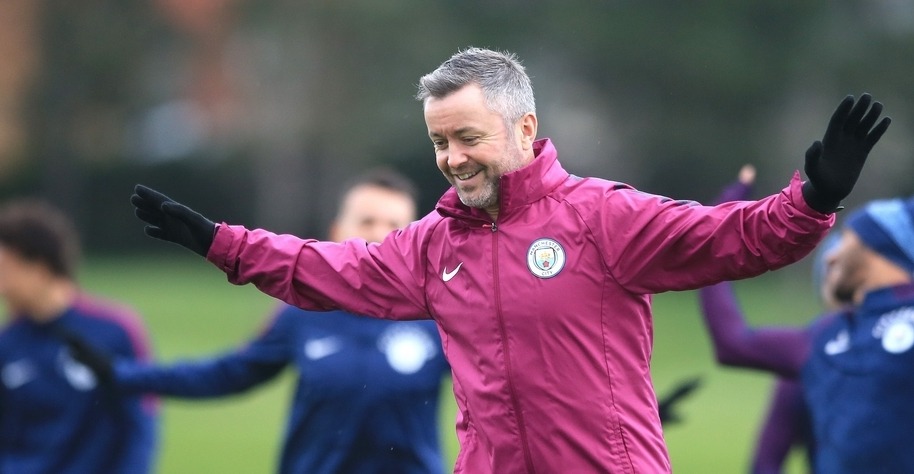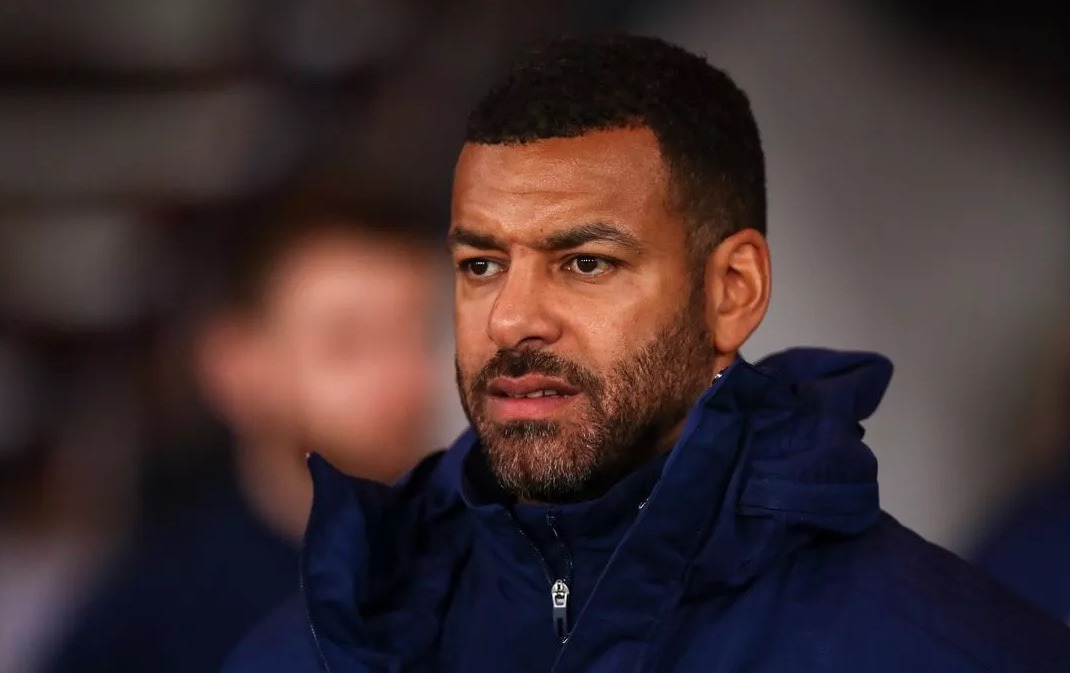
Donough Holohan: My 10 rules for monitoring
Written by
Donough Holohan
May 15, 2025
A brilliant coach once said to me: ‘People who monitor fatigue and recovery do it to protect themselves.’
In a seemingly casual moment of sharing (as much to do with my proximity to the coffee machine as his need to impart wisdom) he had dismissed the relevance of a generation of interns, years of unglamorous data collection and quite a few gallons of blood, sweat, saliva and wee.
At first, it may have felt like a slightly cynical viewpoint but, let’s be honest, we know there are issues when it comes to monitoring. Firstly, there’s player compliance. A 2021 paper identified athlete acceptance of the monitoring programme as the greatest challenge to successful implementation.
Furthermore, feedback processes can be seen as largely ineffective. Only 52% of practitioners supporting Olympic and Paralympic athletes were confident in the sensitivity of their athlete report measures.
And amongst professional male footballers, GPS was listed as the most favoured monitoring tool, with Countermovement Jump being the least favoured. This seemed to highlight a preference for data that is collected automatically, as opposed to additional invasive testing.
But, most of all, there are issues about purpose. Fatigue/ recovery monitoring is a Performance Support function, and its role should be quite straightforward: the systematic identification and measurement of appropriate markers related to the quantification of fatigue and the time course for the associated recovery of performance capability.
These markers are ultimately used to support performance decision-making, but that’s not what we‘re actually doing. We’re not measuring performance capability, we’re implying it, by measuring the capacity of some components of the performance model, such as blood-borne inflammation markers, subjective muscle soreness or energy levels, neuromuscular fatigue, hours of sleep, or Salivary IgA. These are theoretical drivers of performance capability.
In football, we know these variables are, to an extent, relevant to the conversation. Research in 2012 found that after a 90-minute match, recovery of jump performance could take more than 72 hours – and for sprint performance it could be up to 96 hours.
They quoted similar timeframes for normalising muscle damage and inflammation among elite players.
We know that we can – if we want to – measure markers of football-related fatigue. And many do. However, there is a limited understanding of the normal ranges for these measures and the time course for recovery of those ranges.
Elite football is not a playground for applied research.
Donough Holohan
What does this actually mean to us in practical terms? What are the implications for physical performance? Analysis of elite Scandanavian male footballers over three matches played in one week reported highest values for running performance in the third game, despite increased pre-match values for inflammatory and muscle damage markers compared with those obtained prior to the first match.
So decrements in markers associated with physiological recovery don’t necessarily translate into decrements in physical performance. This throws up a really significant question: to what extent could/ should we use these measures as inputs to decision-making about player availability? And if they’re not being used for this, why are they in the programme?
For me, the frequency of data collection should be fundamentally linked to the frequency of decision-making. For example, if you’re going to make players jump maximally the day before every game, the justification should be greater than simply a desire to better understand the relationship between players outputs in this test and subsequent match performance.
Elite football is not a playground for applied research. When you get to the critical months of the season, when acute physical and psychological stress responses to matches every three to four days are layered on top of a poorly-understood chronic accumulation of seasonal/ multi-season fatigue, everything needs to count. So, the input of the monitoring system to questions about player availability and load management should be very tightly defined, as part of the monitoring protocols themselves.
However, as we know, the science doesn’t support that level of input. There is a missing piece to this puzzle. As one group of researchers put it: “Future work is required to investigate the relationship between these measures of fatigue and global anchors such as performance, injury, and illness.”
That work remains incomplete and, in the meantime, the agreed consensus seems to be that monitoring data shouldn’t be used solely to make these decisions, Rather it should ‘inform’ them. As a scientist, this feels a little, well, unscientific.
This monitoring conundrum is only going to get more difficult to address. As the football calendar grows, the work becomes more complex, and in many ways, harder to define.
Managers at the very highest levels talk now of prioritising the acquisition of players who can play three games a week, every week. The player availability challenge in this scenario is not about the ‘fatigue state’, it is about the ‘resilience trait’. This means it is a talent ID challenge.
How do we find a way to balance the need to protect both player health and team performance capability?
Donough Holohan
Right now, the players we can identify with this trait are the ones who have proven they can perform at this volume and intensity of work. There is, as yet, no blood marker, no gym test, no running protocol.
If you ask ChatGPT for a target list based on the 2024/25 season, you get Jules Kounde, Jhon Arias, Federico Valverde, Virgil Van Dijk, and Nicolas Otamendi as your top five.
So, what about Morgan Gibbs-White, Liam Delap, or Serhou Guirassy? Will they handle 50+ games a season? And if a Champions League club signs a player with an existing proven ceiling of <40 games per season, how do they best manage that transition?
As Sports Science practitioners, how are we going to support this world? How do we find a way to balance the need to protect both player health and team performance capability? Is it appropriate to continue to monitor and report on variables that remain unproven as key predictors of performance and/or injury?
In my experience, the balance of inputs to player availability/ loading decisions is still heavily weighted towards the coaching eye, external load monitoring and insights from key relationships between support staff and players.
Under these circumstances, a comprehensive, invasive monitoring programme is difficult to justify. What is hard to argue against is continued investment in great practitioners – and processes that recognise the unique value of interaction. Herein lie the greatest insights of all.
My 10 simple rules for monitoring:
- For now, human connection beats data collection – every time.
- If you’re short on humans, collect something that has a chance to make a difference. But be very selective.
- Don’t collect data that you can’t action in an appropriate timeframe.
- Being the scientist means you’re also the one with the responsibility to call out the limitations of the science.
- Understand all of the costs of your monitoring approach. Nothing in this process is truly free.
- Time of day matters for all measures.
- Data gathered through subjective questionnaires will be influenced by the use or expected use of that data. Don’t be naïve.
- Take time to understand how your manager and coaches view fatigue. Then build monitoring solutions that will help their decision making.
- Pick up to five key strands to your physical performance plan that you believe will maximise player preparedness. Monitor player adherence to these strands.
- Be brave, be bold, be original. There’s so much groupthink in this space. Don’t be afraid to challenge the dogma.
Donough Holohan is a High Performance Consultant. He was previously the Head of Physical Performance for Manchester City, working for the club for almost 13 years.
Follow Us
For latest updates, follow us on X at @ground_guru



